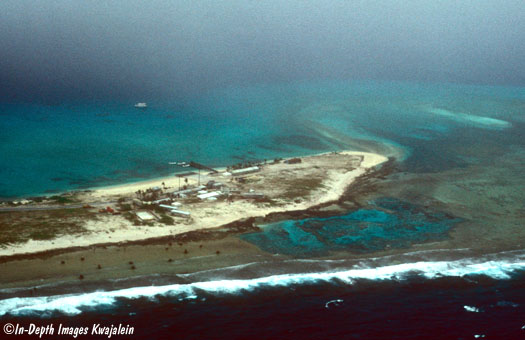
This large reef "tidepool" on the seaward reef of the north tip of Enewetak Island, next to the old Mid-Pacific Research Lab site, was created by quarrying operations to collect aggregate for concrete construction on Enewetak. I am not certain if it was dug by the Japanese prior to or during World War II, or by the Americans during the buildup for nuclear testing in the late 1940s through 1950s. On Kwajalein, at least one quarry was dug by the Japanese and numerous others by the Americans. In any case, it created a fascinating pool, ideal for snorkeling or shallow diving at low tide when water is not coming across the reef. Coral colonies in the pool have grown up to the low tide line and fish abound.

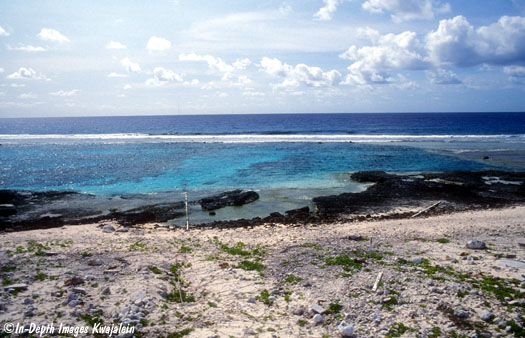
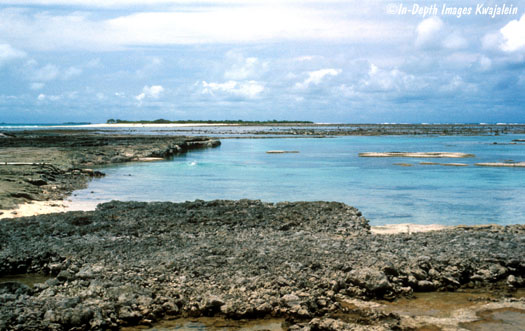
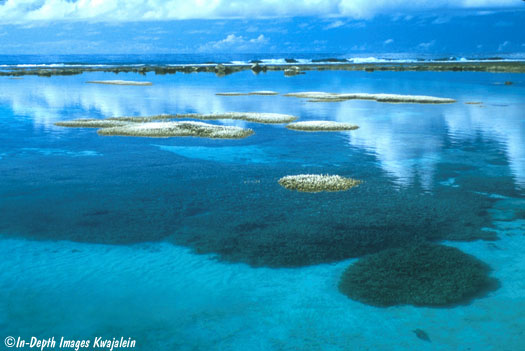
One inhabitant of the Enewetak Quarry was a large giant clam, Tridacna gigas. I do not seem to have a photo of that individual, but it was similar to the one below from Kwajalein but larger. It had been relocated to the quarry some years earlier and periodically measured. I do not recall its size when we left, but it was a large one, I think well over 3 feet, perhaps 3.5 or more. I suspect the poor beast did not long survive the lab. These clams are traditional food for the Enewetakese, and it would not surprise me if the clam had been harvested before the plane carrying us away was out of sight of Enewetak. The years of nuclear testing were actually very good for the clam population. In 1981, shortly after the Enewetakese had returned to their atoll after more than 30 years of exile, the giant clams were large and plentiful. I recall one relatively narrow channel between two islands that was loaded with gorgeous specimens. The two islands bordering the channel were close together, and a wooden bridge had been built connecting them during nuclear testing days. But when I visited that channel before the lab closed and I left in 1983, a food gathering team had been through the area and all the clam shells were empty.
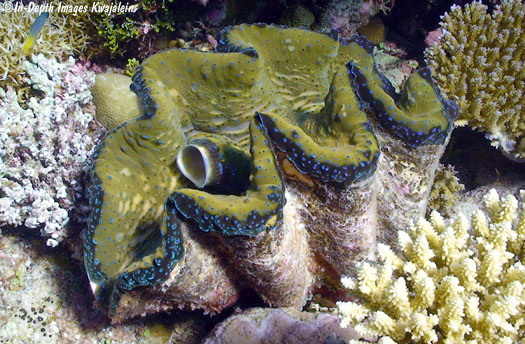
Press the Back button to return to the previous page.